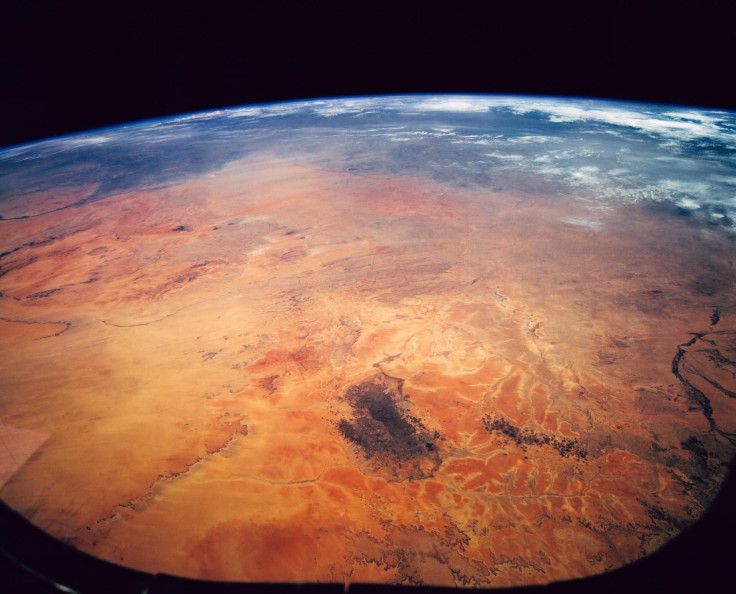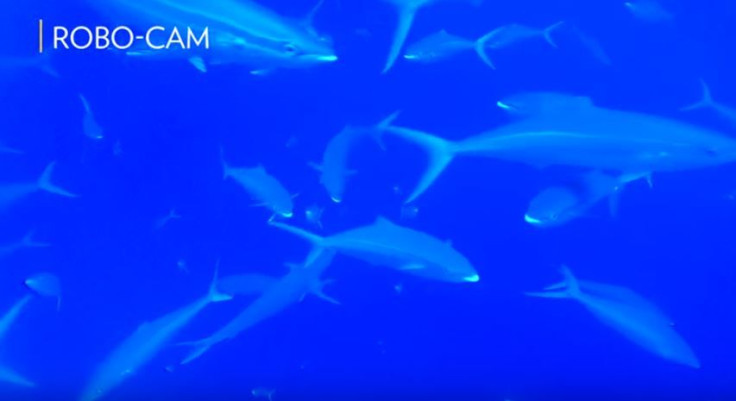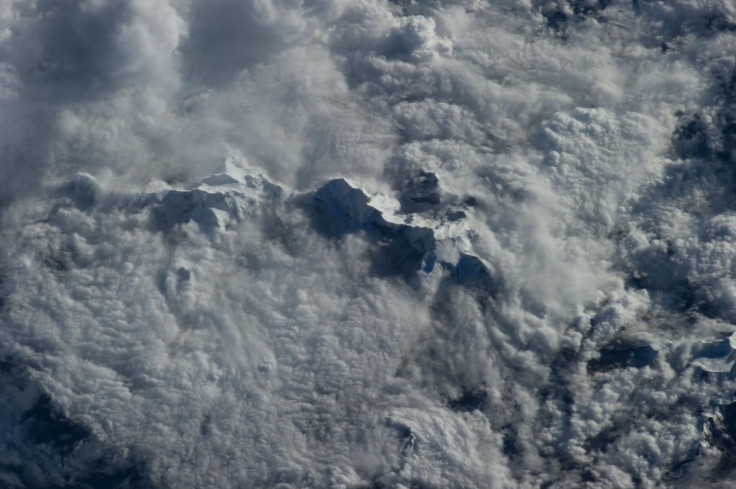6 Extreme Places Where Life Thrives On Earth, From Volcanoes To Frozen Wastelands

Life finds a way, and that’s true even under the most extreme conditions — whether it’s cold, hot, wet, dry, high or low. Earth has a diverse ecosystem, with life forms thriving in just about every corner and crevice.
It’s amazing on its own, but it’s also good news for people who are holding their breath and waiting for scientists to find aliens on another planet. If living creatures can persist under the harshest circumstances, where the environment is brutal and unforgiving, that gives us hope that life can exist on other worlds, even ones that don’t seem so hospitable.
Here’s a look at all the extreme places on Earth where there is life other than humans.

In an underwater volcano
Scientists dubbed a submerged volcano “Sharkcano” when they found sharks swimming and living in it. It’s officially called the Kavachi volcano, and it’s located under the sea near the Solomon Islands, in the South Pacific Ocean.
What was so shocking about the find is the status of the volcano — “it’s one of the most active submarine volcanoes in the world,” ocean engineer Brennan Phillips told National Geographic. And yet it is infested with sharks. But they aren’t shooting out of the volcano and landing onto unsuspecting landlubbers like some horror movie; they seem to swim away when the volcano is about to erupt.
Read: The Aliens Are Probably Swimming, Not Walking
At the deepest point on Earth
We don’t have direct evidence of this one, but scientists found organic matter underneath the deepest point in the ocean that could have been created by a microbe. The organic material was in a sample taken from below the seafloor close to the Mariana Trench in the Pacific Ocean — the lowest underwater region on the planet. Much like the shark-infested Kavachi, this exact location also involved a volcano: a mud volcano. The many mud volcanoes and hydrothermal vents in that area spew material and heat from inside Earth and if scientists can link the organic matter they found to living microbes, that means this harsh environment that reaches the boiling temperature of water is somehow harboring life. At the same time it would kill a human, living there could have protected prehistoric life from Earth’s tumultuous surface, including mass extinction events and severe climate changes.
Even if there isn’t life there right now, it has been previously. Scientists in Canada have found evidence of bacteria living in hydrothermal vents billions of years ago, when Earth was young.

On Earth’s frozen bottom
Antarctica inspires shivers in many and for good reason: The average temperature on the planet’s southernmost continent is -30 degrees Fahrenheit, and it has dipped as low as -129 degrees. Yet animals like whales, seals, birds and fish can be found there.
And the temperature is not the only obstacle. If you can believe it, Antarctica also has volcanoes. One in particular, the Deception Island volcano, has erupted ferociously multiple times in the past, endangering the Gentoo penguins who live on Ardley Island, one of the continent’s closest points to South America. But every time those penguins got knocked down, they got up again — an analysis of historic penguin poop samples shows that over the last 7,000 years the Gentoos have survived several huge eruptions to narrowly avoid extinction and repopulate their community. It could take hundreds of years for the species to rebound, but they did every time.
In the scorching heat of the desert
Many plants and animals would not be able to survive in the desert, in the intense heat and with very little water, but many others manage. That includes birds, lizards, rodents, cacti and coyotes, to name just a few. There’s even life we cannot see with our naked eyes, microorganisms like bacteria and algae.
Read: What Earth Looked Like Before Environmental Laws
Where there is almost no oxygen
Once again microbes are the heroes. They can endure the intense temperatures of the hot springs in Yellowstone National Park or other similar sites, using the chemicals inside for fuel. And if there’s little to no oxygen, that’s not a problem. NASA’s Astrobiology Magazine explains that some microbes can at least partially replace oxygen with iron or sulfur.

On top of a mountain
Thousands of feet above sea level, a variety of animals claim their territory. There are snow leopards living between 9,800 and 17,000 feet, according to the BBC, as well as ibex, mountain goats, foxes and yaks. But that’s just the beginning. Bumblebees can live at higher than 18,000 feet and jumping spiders and moss at nearly 22,000. At the very top are birds and bacteria.
“Bacteria have been found in the atmosphere 5-10 miles above the Earth’s surface,” the BBC said. “Researchers have even found bacteria in storm clouds.”
See also:
Early Life on Earth Formed in Acidic Oceans
Fossils Found by Accident Show How Early Marine Life Evolved
© Copyright IBTimes 2024. All rights reserved.





















